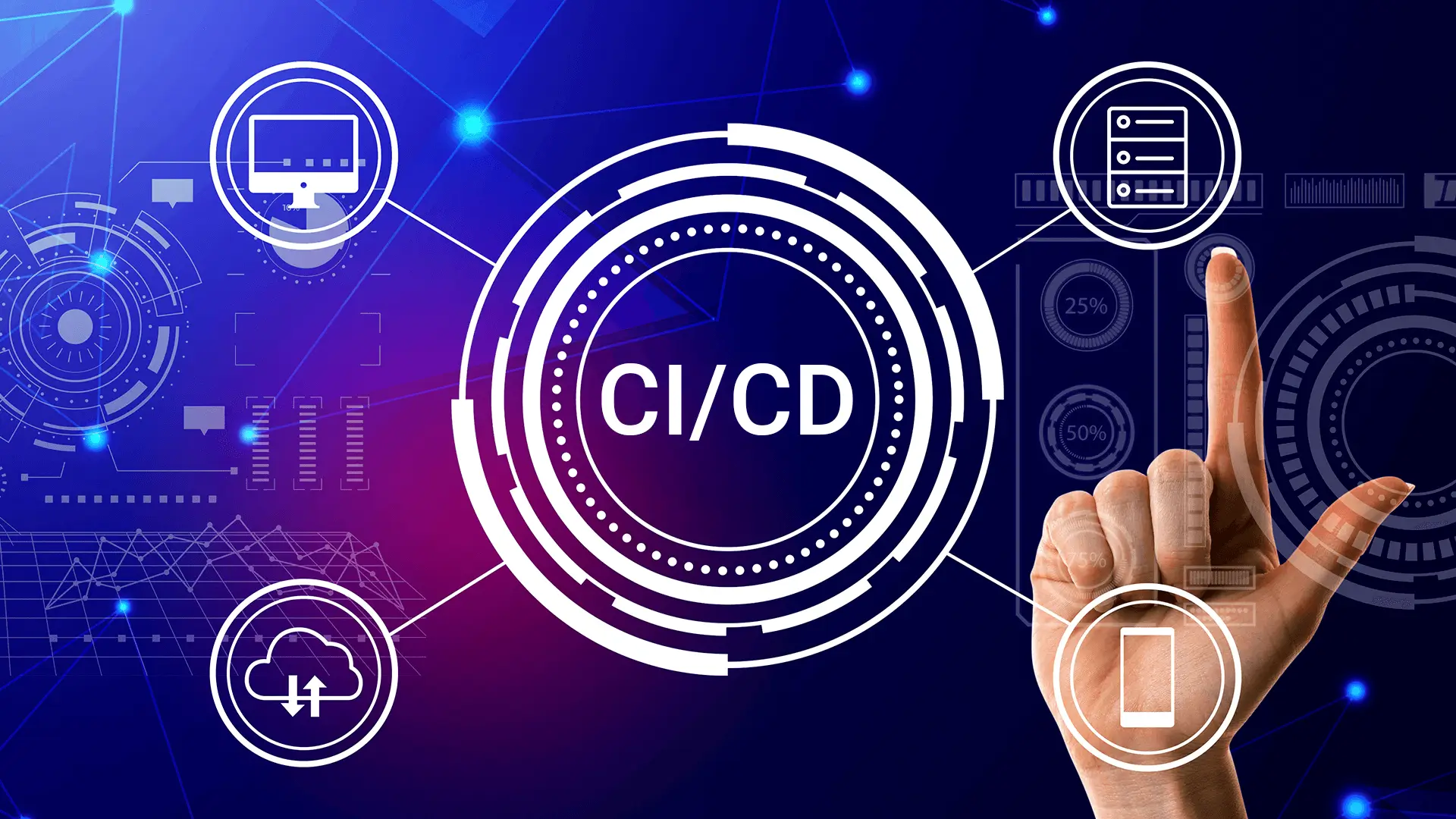Introduction
User experience refers to a person's individualized passions and interests when utilizing or interacting with a singular product, such as a website or app. The UI functionalities, interactions, product brand, psychological expectancy, etc., are necessary elements of product design. User experience testing is implemented to determine whether the user likes and accepts the new attribute or not. Whether you’re fabricating a product from scratch or working on a popular app, every design opinion you make carries a threat, that is why you require UI UX testing methods for decision making.
This article will build a disposition of usability and user experience and how they chip into client satisfaction by creating a flawless UX. We will begin by defining usability and user experience and analyzing their indictments to design and testing.
Usability is a quality index for interactive IT products or networks. It refers to the degree to which products are potent, fluent in using, simple to learn, effective, error-free, and satiating to users. So, it is substantially about the active part of a product. In a nutshell, "Do not make me think" is one of the archetypal principles for usability strategy. Just remember to cease fabricating usability mistakes, as they can reduce your website conversions. Whether the new attribute functions as it should is determined by usability testing. As an organization, it is easily achievable to cut your own costs by conducting certain rudiments of mobile usability testing.
Citing an example, we know it is a critical demand to satisfy the nutritional needs of the briskly growing universal population. Harnessing conventional husbandry, nearly one-third of crops get damaged due to pest infestation, natural calamities, poor soil quality, or lower nutrient availability. In this regard, nanotechnology has contributed to the agrotechnological revolution that has impending eventuality to reform the agricultural system while pledging food security. Many nanoparticle-based phrasings, including nano-sized fungicides, dressings, pesticides, diseases, and detectors, have been extensively delved for factory health operation and soil enhancement. An in-depth understanding of nanomaterial dealings opens new avenues toward ameliorating crop practices through increased properties such as disease defiance, harvest proceeds, and nutrient application.
From the illustration above, we understand that usability is only a narrow aspect of user experience from the description. In usability, the functional elements of a product are focused at large. But user experience is concerned with nearly all aspects that can make users enjoy a product.
Read: A Comprehensive Guide to Digital Experience Monitoring
Introductory elements of user experience and usability
There are fundamental differences between user experience and usability. While the former revolves around ease of use, desirability, and the overall worth of the product, the latter facilitates functionality and flexibility.
Different goals
Typical Issues
While designing a user-centric product, designers frequently deconstruct numerous aspects of a product.
Design Principles
There are a handful of fundamental principles that designers frequently cling to:
Postulates followed by both usability design and UX design
There are a few postulates that usability and UX design have in common. These are as follows:
- Testing:
No matter what classes of designs you are building right now, continuous testing is fundamental. In fact, both usability testing and user experience testing aim to improve the all-encompassing experience of using your product, app, website, or software. - Accessibility:
Consumers employ various websites or apps on their mobile phones. Hence, while designing a product, you should similarly pay attention to the responsive design and framework and whether they are accessible on distinctive PC or mobile devices. - Responsibility:
Be liable to your users and try to think from their angle.
Additional points to note
- Usability plays an integral part in creating good UX:
Usability and UX, ideally, reduce the possibility of users making mistakes while handling a product. This can be achieved with intelligent user experience design of the product. A product built to assess and learn how a user operates the interface, can make things simpler for them and make for more intuitive usage. - The contrast between website usability and accessibility:
Accessibility refers to whether a website is obtainable and can be easily accessed by an average person or even a differently abled person. The focus of accessibility testing lies in testing if the website is popular with impaired people and is compatible with various tools.
Track performance-related issues throughout the mobile app lifecycle. Learn more.
Conclusion
Usability deals with how facile and intuitive a website is to use. However, it can be mainly called useful, If the users can operate a website without any instructions. Usability testing focuses on gauging the comfort of the use of a website. Remember, you should administer usability testing before leaping into the design. Usability involves conclusiveness, efficacy, and contentment, enabling users to finish specific tasks as handily as possible. User experience, on the other hand, covers a broad aspect of a users' dealings with a product.
The following table provides a comprehensive summary of the fundamental difference between User experience and Usability:
FAQs
1. What is an easy way to understand user experience?
An easy method to understand user experience is to keep track of the following pointers while designing, developing, and testing a product:
- It should not be complicated for a user to finish the desired tasks using your product.
- Customers should want to start using the product- not only for its aesthetics but also for its utility and efficiency.
- The product should be engaging and fun to use.
- The product should deliver what it had promised.
2. What is an easy way to understand usability?
An easy method to understand usability is to understand the following:
- The product should function as desired.
- The product should be user-friendly and simple to use for the target audience.
- The product should have flexible features to enhance user experience and the ease of use.
3. What are the similarities between user experience and usability?
- To ensure good UX and usability, continuous testing is mandatory.
- Both user experience and usability are crucial factors to retaining consumers. Although they are different in nature, they go hand-in-hand. Great user experience is always driven by good usability.
4. Does HeadSpin provide UI and UX testing?
HeadSpin provides functional as well as non-functional performance monitoring and testing. You can take a look at their offerings here.



























.png)


















-1280X720-Final-2.jpg)






